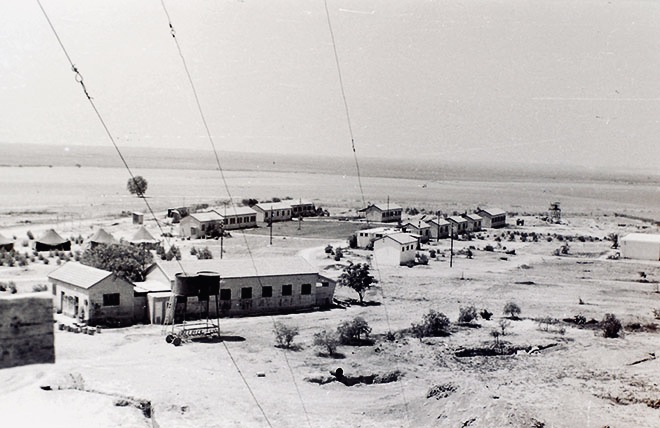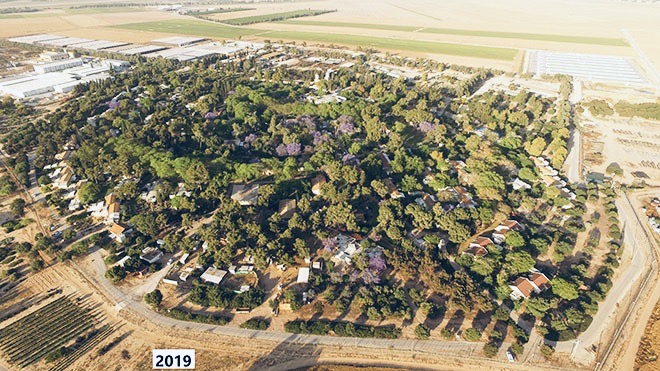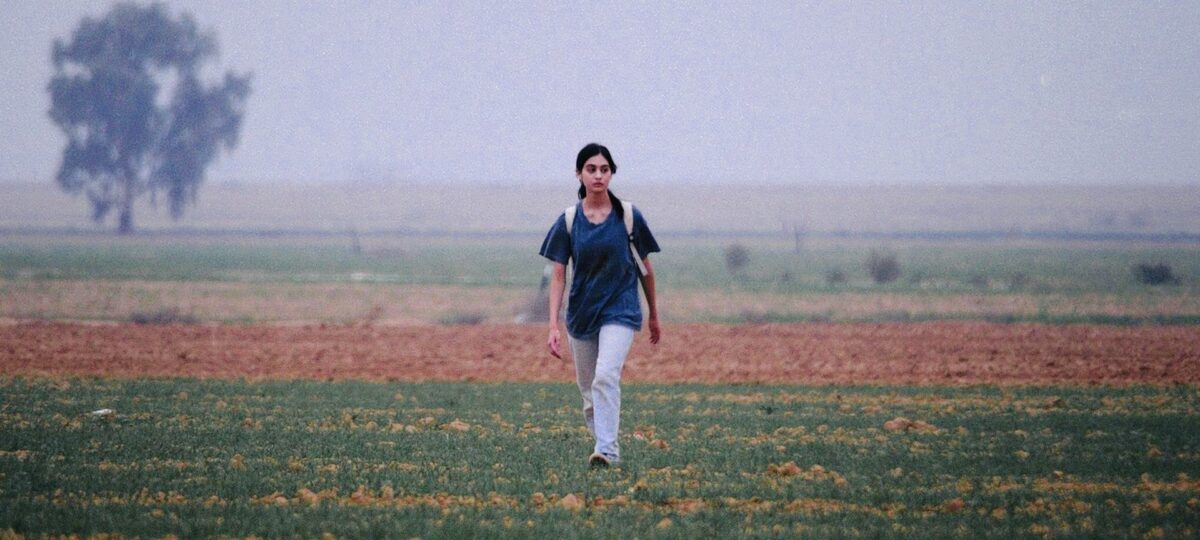Nir Oz, a kibbutz near the Gaza Strip, was attacked by Hamas terrorists on October 7, 2023. The intruders killed, injured and abducted one quarter of its population of 400 men, women and children.
Dani Rosenberg, an Israeli filmmaker, visited Nir Oz about a month later with the intention of making a film about this unprecedented calamity. Now abandoned and forlorn, the kibbutz was a pale imitation of itself, its residents having been moved to Eilat.

Rosenberg’s movie, Of Dogs and Men, will be screened at the Toronto Jewish Film Festival, which runs from June 5-15.
The disaster that unfolded in Nir Oz, a settlement founded in 1955, caught everyone by surprise, especially Natan, one of its oldest inhabitants. “I never thought something like this could happen,” he tells Dar (Ori Avinoam), a young woman born and raised on the kibbutz.

Dar, portrayed with sensitivity by Avinoam, is a fictional character in this absorbing movie. It is neither a documentary nor a feature film, but rather a hybrid that combines the best elements of both genres.
The devastation that brought Nir Oz to its knees is mainly seen through the eyes of Dar, an attractive teenager who is looking for Shula, her beloved dog that disappeared on October 7. On that dreadful day, dogs, cats, birds and other pets were killed by the armed invaders or vanished, and Nir Oz’s turkey flock escaped.
Heartbroken by Shula’s disappearance, Dar sneaks past a military checkpoint to look for her. Shortly afterward, a red alert forces her into a bomb shelter for a few moments. Israeli forces have invaded Gaza, and the Israel-Hamas war has begun.
Dar walks past an eerie landscape of damaged and scorched buildings and children’s toys scattered on lawns. Nir Oz was once a lush oasis in the desert, but now it is little more than a sad ruin.

Natan, the only kibbutznik who remained on the grounds after October 7, gives Dar a lift on his motorcycle to help her find Shula. When they dismount, they watch explosions light up the sky in Gaza, and Natan talks fondly about a Palestinian there he knew who believed in Arab-Jewish coexistence. Natan is clearly an example of an Israeli who does not demonize Arabs.
As she continues searching for Shula, she listens to a radio report about the October 7 massacres and meets a kindergarten teacher who happened to be in Tel Aviv on that day.
A viewer learns that Dar and her mother sheltered in the safe room of their house when Hamas raiders swept into the kibbutz. As she hid under a bed, terrorists broke in, kidnapping her mother.
Dar encounters several uniformed men standing next to body bags. They are looking for corpses and human remains. As she walks away, she watches gruesome scenes of the October 7 atrocity on her cellphone. Later, she scrolls through graphic photographs of Gaza in ruins.
Soldiers tell her that Shula has been moved to Be’eri, a neighboring kibbutz. In an animated clip, a Palestinian boy feeds Shula.
Foreign journalists give her a lift to Be’eri. As they drive there, she listens to an interview with a Gazan Arab who has lost 20 family members. Rosenberg is also clearly interested in the terrible fate that befell Palestinians in Gaza after the launch of Israel’s military campaign.
In Be’eri, Dar finds a stray dog, but alas, it is not Shula. She joins a woman, an animal rights activist, who drives her around the kibbutz in search of Shula. She gently informs Dar that Shula may never turn up.
The overwhelming tragedy that befell Nir Oz and the neighboring kibbutzim on October 7 is skillfully distilled by Rosenberg in this simple yet powerful film.
